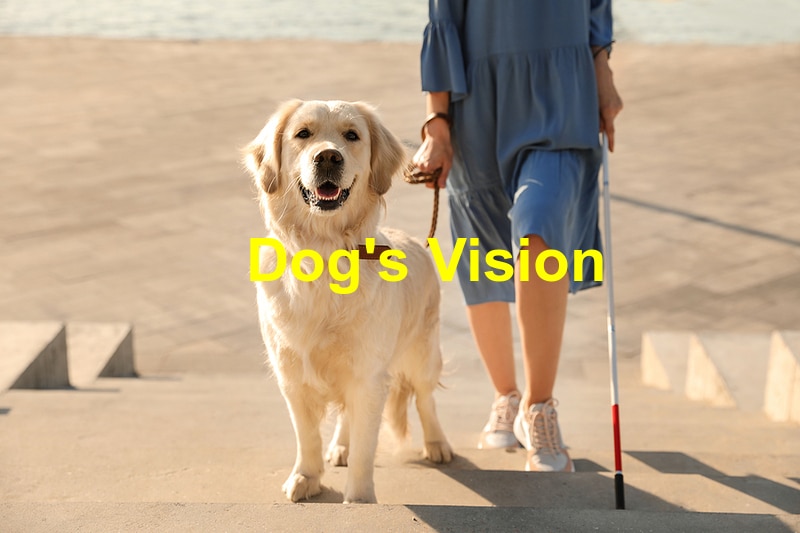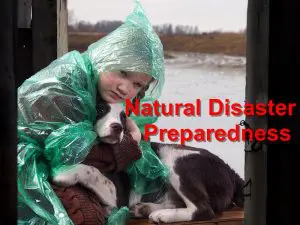Vision loss is not anything new in senior dogs but it can occur sometimes in younger pups as well. Fortunately, dogs tend to be less reliant on their sight than we are. They typically use a combination of hearing, sight and smell to navigate and work out their surroundings. Therefore, it goes without saying that it can be a little hard to tell when your dog is struggling with its ability to see. Here are some dead giveaways, though.
1. He Keeps on Bumping to Objects
Constantly bumping into furniture and obstacles is the first obvious sign that your dog is struggling to see as clearly as they once did. You see, canines adapt rapidly to their surroundings and are quite good at remembering where stationary objects /furniture are in the house. So it would take a significant level of vision impairment for them to start bumping on things as they walk around the house.
2. Trouble Finding His Toys
Worsening vision can mean that your dog will take longer to locate his toys, especially when they are misplaced or out of their usual storage place. This also applies to some of their favourite playthings like chew bones. And although dogs don’t have as sharp a sight as we do, there is no reason your furry friend should struggle needlessly to find his toys if they have a normal or near-normal vision.
3. Difficulty in Ascending or Descending the Stairs
Stairs are some of the biggest and most challenging hurdles for dogs with significant vision loss. It’s not uncommon to find your dog struggling to either go up or down the stairs if their sight has deteriorated badly. They may fall or stumble while going down or up. What’s more, recognizing and remembering the exact location of the staircase may not be as easy as when they have perfect sight.
4. Unexplained Aggression and Anxiety
Loss of sight is typically accompanied by anxiety, confusion and aggression. It can, for example, be a little disconcerting for your furry friend to discover that they can’t see as clearly as they did before. They also startle easily since it may not be as easy to judge or anticipate incoming people or objects. Thus, it’s not surprising that they tend to display aggression or anxiety as a form of self-defence mechanism.
References: AKC, Memphis Veterinary, Wikihow




